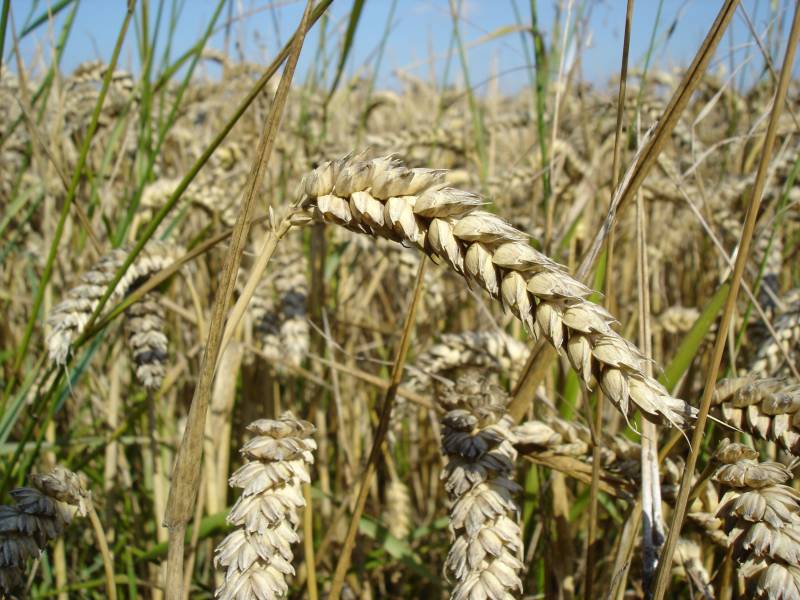
Farmers have seen greater variability in winter wheat yields over the past decade than they did in the previous five years, according to new analysis.
Strutt & Parker, which tracks crop performance through its annual harvest survey, has identified that while average winter wheat yields have slowly climbed since its survey began 19 years ago, growers are now seeing a wider range in yields from year to year.
Up until 2008, yields were relatively consistent year on year, but afterwards the variability has increased.
Whilst the low of 2012 and the highs of 2014 and 2015 are a lot to do with the fortunes of rainfall and sunshine, Strutt & Parker's analysis thinks there is another factor at play.
George Badger, farming consultant and agronomist in the Cambridge office, said: “Our survey data, which this year covers 58,000ha, is largely gathered from farms in the East of England and the Midlands where blackgrass is an issue.
“It is our belief that part of the explanation is a shift to later drilling, as part of a strategy to tackle blackgrass once resistance to contact post-emergence herbicides became more evident from 2010 onwards.
“Late drilling is an essential grass weed management tool, but it does result in smaller root structures which leave crops more vulnerable to weather extremes than they were when people could reliably drill in September.”
2017 harvest survey results
According to provisional results of the Harvest 2017 survey, the most significant change in crop performance was seen in winter oilseed rape yields which rose 27%, from a disappointing 2.9t/ha in 2016 to 3.7t/ha in 2017.
“Part of the reason for the improved yields is that only those crops with good potential were taken through to harvest,” said Mr Badger.
“In the eastern region, a large area was lost shortly after establishment due to the dry conditions, with Cabbage Stem Flea Beetle (CSFB) damage a secondary problem. Our estimate is that about 80% of the crop was lost in Essex at that point.
“However, elsewhere CSFB larvae pressure seemed to be lower and the OSR plants benefited from higher June sunshine hours than we saw in 2016. This helped to push yields to 6% above the five-year average.”
The overall winter wheat yield for 2017 was 9.1t/ha, which was up 2% on the previous year’s average of 8.9t/ha.
The increase was largely attributable to the better performance of first wheats which yielded an average of nearly 9.5t/ha, compared to 9.2t/ha in 2016. In contrast, second wheats came under more pressure and averaged 7.8t/ha, compared to nearly 8.8t/ha last year.
'Mixed year'
“It was a mixed year for wheat,” said Mr Badger. “The open autumn in 2016, with rainfall levels in the Cambridge area of only 20mm, compared to the five-year average of 57mm, encouraged growers to drill later.
“However, crops did not tiller proficiently during the cooler months and didn’t get the duration of growth they needed in the spring to compensate. Lodging was also a problem for many growers, with rains in May and June encouraging late nitrogen uptake and a surge in growth. The wet July and August also hit Hagberg levels and specific weights.”
Reflecting the challenging year for spring crops, because of the lack of rainfall in April, spring barley yields were down 7% on last year’s levels to just under 6.0t/ha. Lodging was an issue in a number of crops, as was brackling, which led to high harvest losses as not all the crop could be picked up.
Spring beans also struggled in the dry conditions with yields averaging 3.8t/ha. “For the first time in the history of our survey, winter beans averaged significantly higher than spring beans,” said Mr Badger.
“The open autumn offered the right sort of establishment conditions for winter beans. In contrast, spring beans struggled to develop decent root structures and high temperatures during flowering also affected pod set.”
There was better news for growers of winter barley, who saw yields rise 9% to average 7.3t/ha. This was up on DEFRA’s estimate of 7.1t/ha, but below the S&P five-year average.
